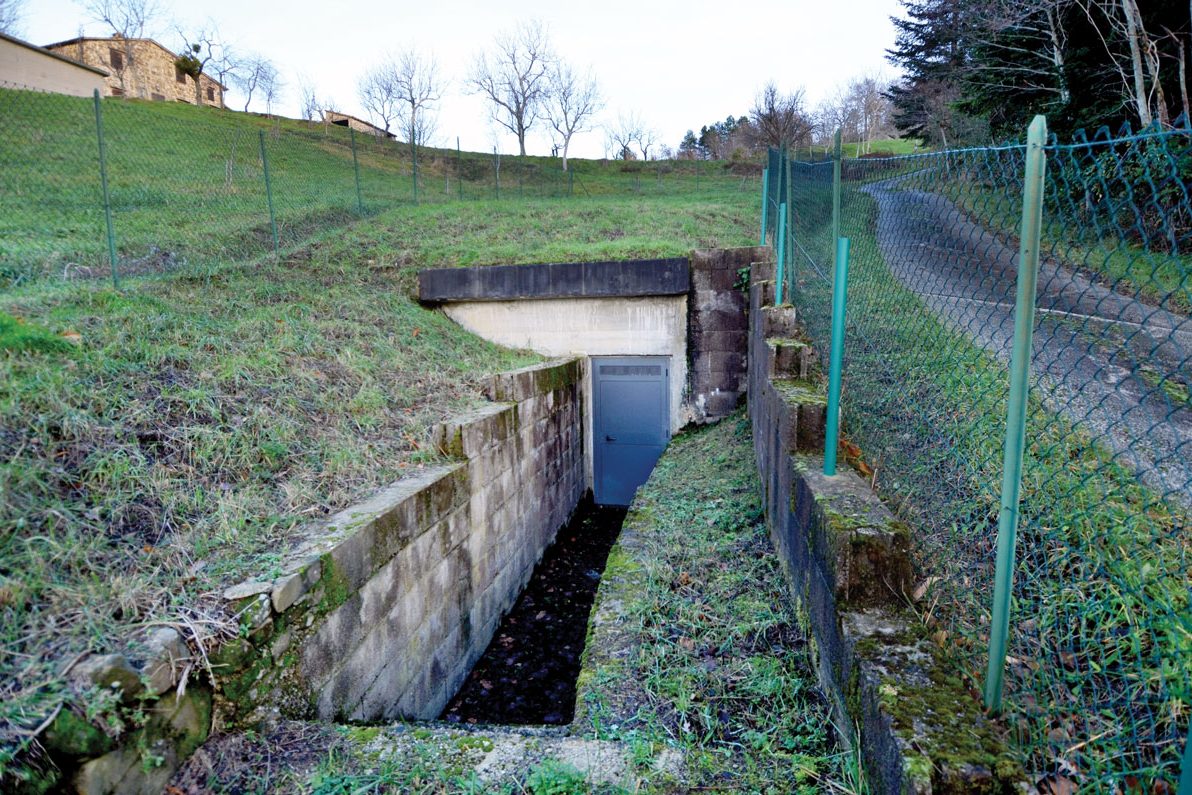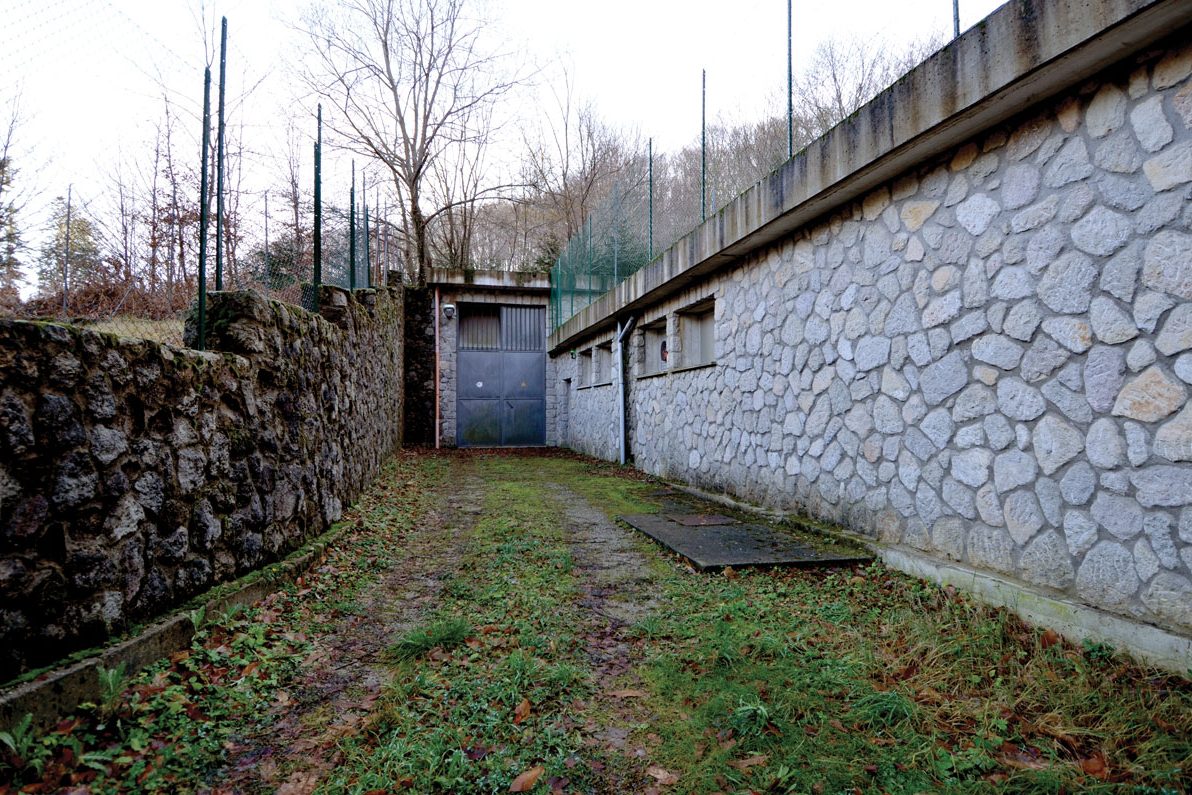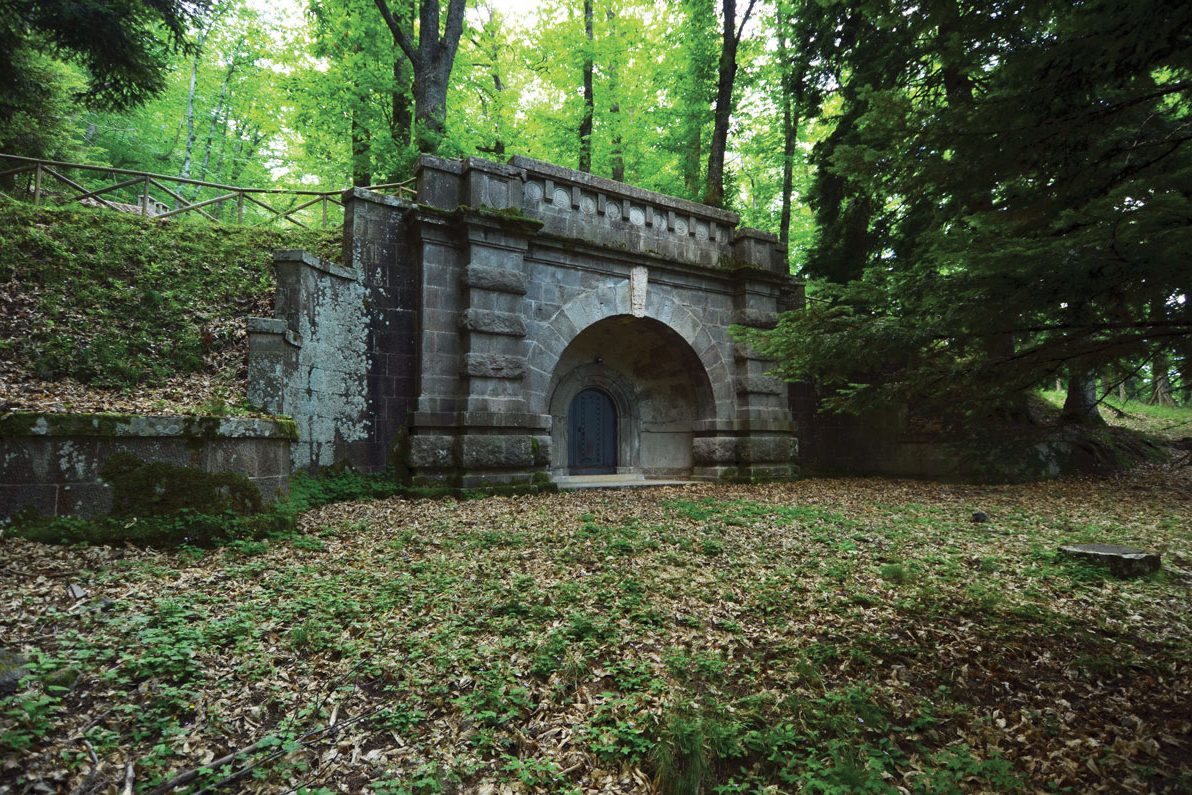The Spring of Arbure is about 800 meters above sea level and is located in the municipality of Castel del Piano. The aqueduct that takes its name from this source was inaugurated on June 11, 1896 and by capturing the waters of the nearby Bugnano spring, it is able to guarantee water supply to the municipality of Grosseto.
The Spring of Arbure located at about 800 meters above sea level is located in the municipality of Castel del Piano, and it is one of the main springs in the Amiata area. The Arbure Aqueduct was inaugurated on June 11, 1896 and by capturing the waters that flow from the Bugnano spring, it guarantees water supply to the inhabitants of the municipality of Grosseto. The construction of the aqueduct, nowadays considered to be among the most majestic pipelines for the supply of drinking water in Tuscany, was carried out by the Society for the Water Pipelines of Rome. It was an impressive work both for the length of the route and for the complexity of the project. A long-awaited work from the Maremma capital, then at the center of an unhealthy land, where the approximately 6000 inhabitants obtained poor quality water from the few existing wells. In order for the crystalline waters of the Amiata to reach the town of Grosseto and the hamlets of Istia and Batignano, pipes had to be laid for over 58,000 meters, for a total of 2 million and 400 thousand kilograms of cast iron, along a route that ran through 7 municipal territories. In addition, various works of high engineering and artistic value were completed, such as the bridge over the Trasubbie stream, one of the first with its 41 meters and a single parabolic iron span. In addition to the bridge, the elegant building connecting the Arbure springs is to be reported as a real “work of art”, it can still be visited today. A dry wall about two meters high was built around the spring and two buildings were built inside the enclosure, within which the two main springs still gush. Thanks to the collection and transfer of these waters, Grosseto reached a population of 30 thousand inhabitants in a few years.














